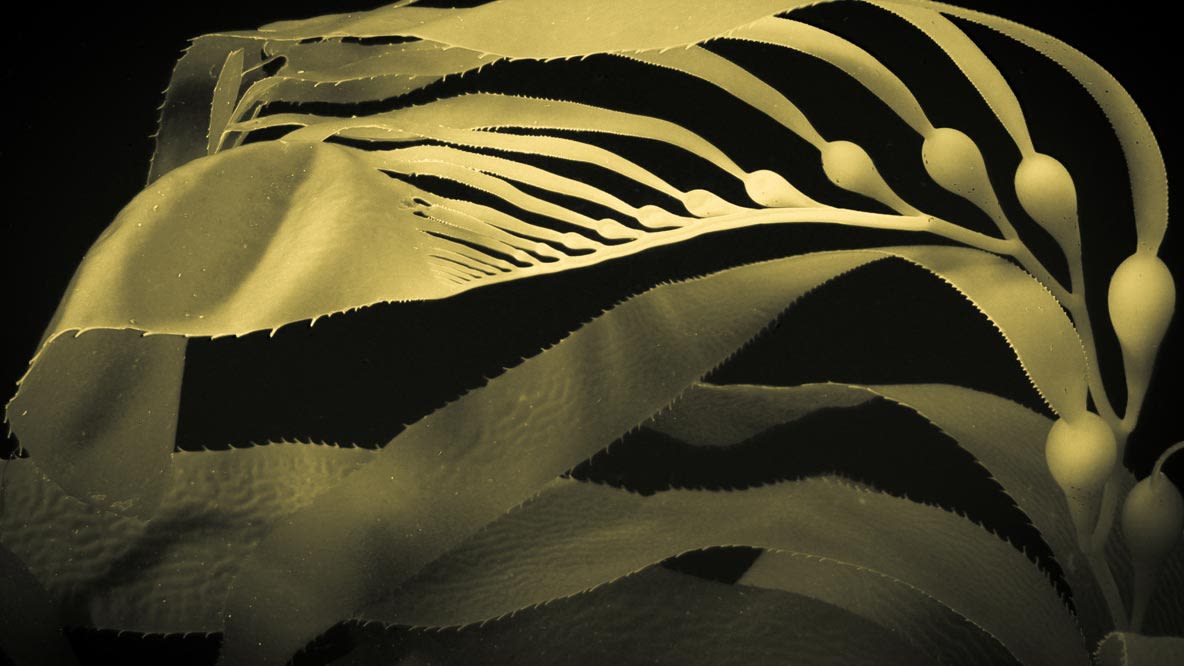Restoration Projects:
- The objective of restoration was to Increasing Ecosystem Services.
- The purpose of this reef was to (1) provide shelter, forage, nesting and nursery areas for fishes and invertebrates; (2) offer rocky substrate for the attachment and growth of marine animals and plants, particularly giant kelp (Macrocystis sp.); and (3) provide study sites to investigate the effect of reef location, depth, relief, and rock size on the development of associated biotic communities.
- The objective of restoration was to Increasing Ecosystem Services.
- The aims of this study were to determine: (i) the practicality of man-made reefs in southern California waters, (ii) the best materials to use, and (iii) the return to the fishermen. The overall objective was to test methods of generating kelp forests to enhance fisheries harvests.
- Restoration was undertaken to restore a historical kelp bed.
- The objective of restoration was to Increasing Ecosystem Services.
- The objective of restoration was to Increasing Ecosystem Services.
- The aims of this study were to determine: (i) the practicality of man-made reefs in southern California waters, (ii) the best materials to use, and (iii) the return to the fishermen. The overall objective was to test methods of generating kelp forests to enhance fisheries harvests.
- MBPAR was created primarily to enhance fishing opportunities for recreational anglers.
- The purpose of this reef was to (1) provide shelter, forage, nesting and nursery areas for fishes and invertebrates; (2) offer rocky substrate for the attachment and growth of marine animals and plants, particularly giant kelp (Macrocystis sp.); and (3) provide study sites to investigate the effect of reef location, depth, relief, and rock size on the development of associated biotic communities.
- The purpose of this reef was to (1) provide shelter, forage, nesting and nursery areas for fishes and invertebrates; (2) offer rocky substrate for the attachment and growth of marine animals and plants, particularly giant kelp (Macrocystis sp.); and (3) provide study sites to investigate the effect of reef location, depth, relief, and rock size on the development of associated biotic communities.
The objective of restoration was to increase ecosystem services.
- This experiment was conducted to assess the true value of artificial reefs, which are installed to improve the abundance of sportfish and thereby improve fishing opportunities.
- The objective of restoration was to increase ecosystem services.
- The objective of restoration was to increase ecosystem services.
- The objective of restoration was to increase ecosystem services.
- The aims of this study were to determine: (i) the practicality of man-made reefs in southern California waters, (ii) the best materials to use, and (iii) the return to the fishermen. The overall objective was to test methods of generating kelp forests to enhance fisheries harvests.
The Pendleton Artificial Reef (PAR) was built to determine the potential of artificial reefs for mitigating or compensating for possible losses of kelp-reef habitat caused by operation of coastal power plants.
The objective of restoration was to re-establish ecosystem services provided by kelp forests, particularly fisheries production. Currently testing Hand harvest of urchin by commercial divers + kelp enhancement as a kelp forest restoration tool.
The objective of restoration was to re-establish ecosystem services provided by kelp forests, particularly fisheries production. Currently, urchin trapping and recreational urchin removals are being tested for habitat restoration. Voluntary recreational dive log: https://docs.google.com/forms/d/e/1FAIpQLScrZMmoiJMS4SzI7_1mdk_puvidV3HbeWeXTTg6LdGOC8mA-Q/viewform
The objective of restoration was to re-establish ecosystem services provided by kelp forests, particularly fisheries production. Currently testing Hand harvest of urchin by commercial divers + urchin trapping as a kelp forest restoration tool.
This work addressed the following questions: 1a) Can commercial divers be coordinated to reduce urchins to target densities (< 2 urchins/m2) and maintain this urchin density at sites along the North coast? 1b) What is the cost and effort (logistics and time investment) required to achieve and maintain this target urchin density? 2) How does kelp density change following urchin removals, compared to un-restored control sites?
Address the following questions:
1a) Can commercial divers be coordinated to reduce urchins to target densities (< 2 urchins/m2) and maintain this urchin density at sites along the North coast? 1b) What is the cost and effort (logistics and time investment) required to achieve and maintain this target urchin density? 2) How does kelp density change following urchin removals, compared to un-restored control sites?








